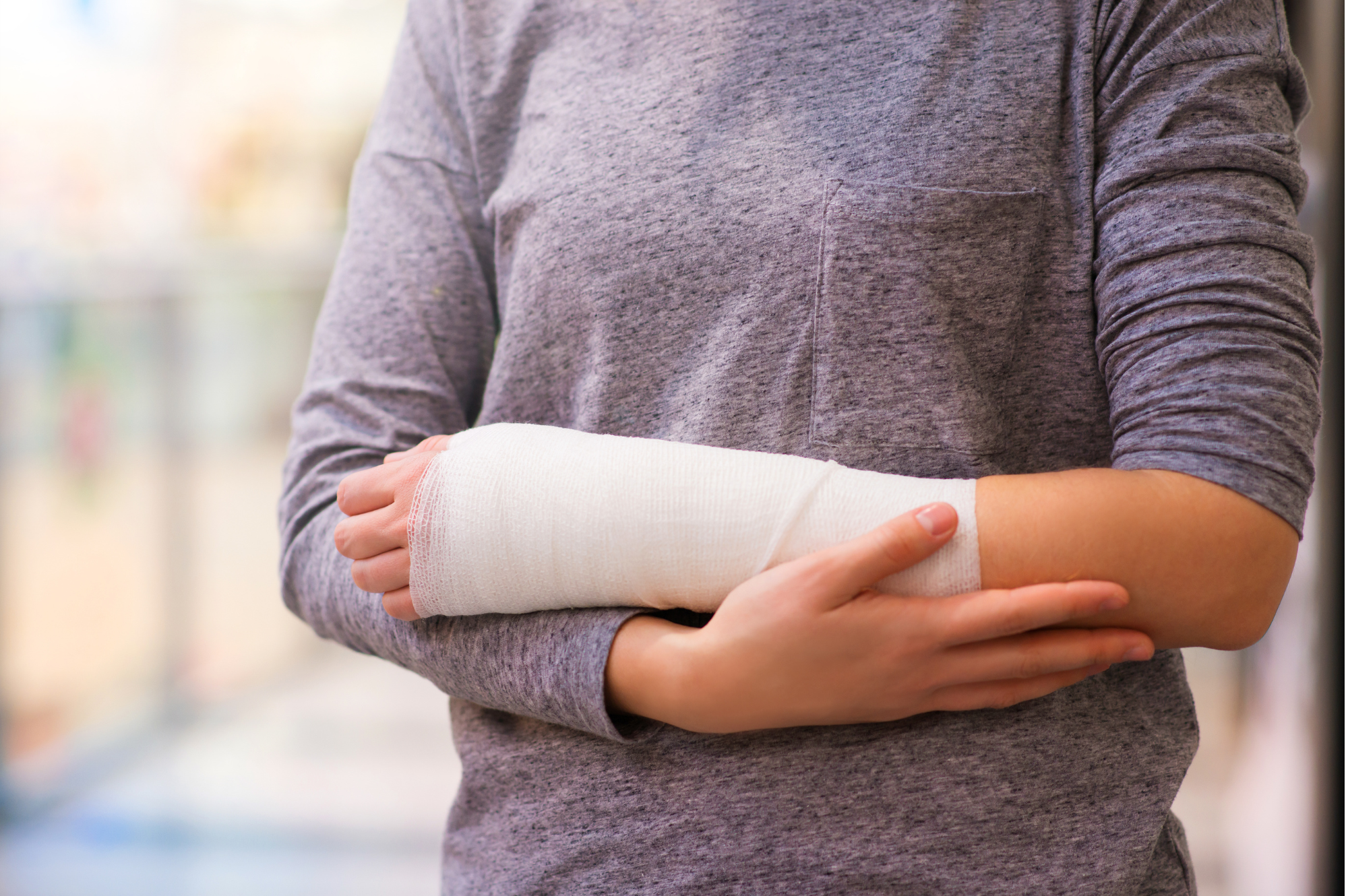
Fracture Massage
A fracture is a break in the continuity of a bone which might be either completely broken, or partially cracked or bent. Depending on the severity of the fracture, the bone could break through the skin and be exposed, or could be contained within the flesh. Most fractures are also associated with other soft tissue injuries such as a ligament or tendon tear or nerve/vessel rupture. While most fractures occur as a result of impact force on the bone, bones may also break due to constant wear or weakening due to bone diseases.
Fractures might be accompanied by various signs and symptoms, even during the recovery period. Patients may experience swelling or accumulation of fluids (edema) at the site of injury. There might also be stiff joints and muscular pain and spasms associated with the area. The skin beneath the cast may show bruising or became dry and scaly.
Massage Therapy For Fractures
When the fracture is immobilized, it is advised not to move muscles that are directly involved in the injury. The therapist may involve the distal muscles and joints in a series of restricted or free range of motions (ROM) to test for pain. Therapists must be gentle and not apply too much stress on the bone that is healing. In open fractures, therapy should be avoided until the skin has healed.
Occasionally, the therapist may massage the pain-free area in circular motions, knead with pressure or squeeze muscles and give light vibrations to the nearby area. Just before the cast is about to be removed, the patient can be given mild hydrotherapy and any accumulated lymphatic fluids must be drained manually. It is preferred to keep the limb elevated to prevent edema in the first place. Patients should massage the adjoining muscles so as to prevent muscle atrophy. You can also involve joint play if not otherwise advised by the doctor.
After the cast has been removed, the patient is advised to do minimal movement (such as passive stretches) for at least two weeks until the muscle tone is regained. Care must be given to help relieve pain in sprains and strains.
After two weeks, as tissue health improves, therapists may involve more freedom of movement in doing ROM exercises. Once muscle tone has improved, therapists may use kneading, circular massaging, muscle stripping and other treatments to improve muscle and bone connectivity (adhesion) at the injury site. Patients can also be recommended some pain free stretches to realign the fibres. They must continue with joint play and pressurized massages in the areas near and further from the site of injury. This ensures proper circulation within the limb which helps to heal faster. Once consolidation of the bones has been confirmed, trigger point treatments may also be included at the site of injury. When patients feel comfortable, they must switch to resistance exercises in order to regain muscle strength. Patients are advised to seek the doctor’s attention if pain or swelling occurs at any stage of the treatment.






